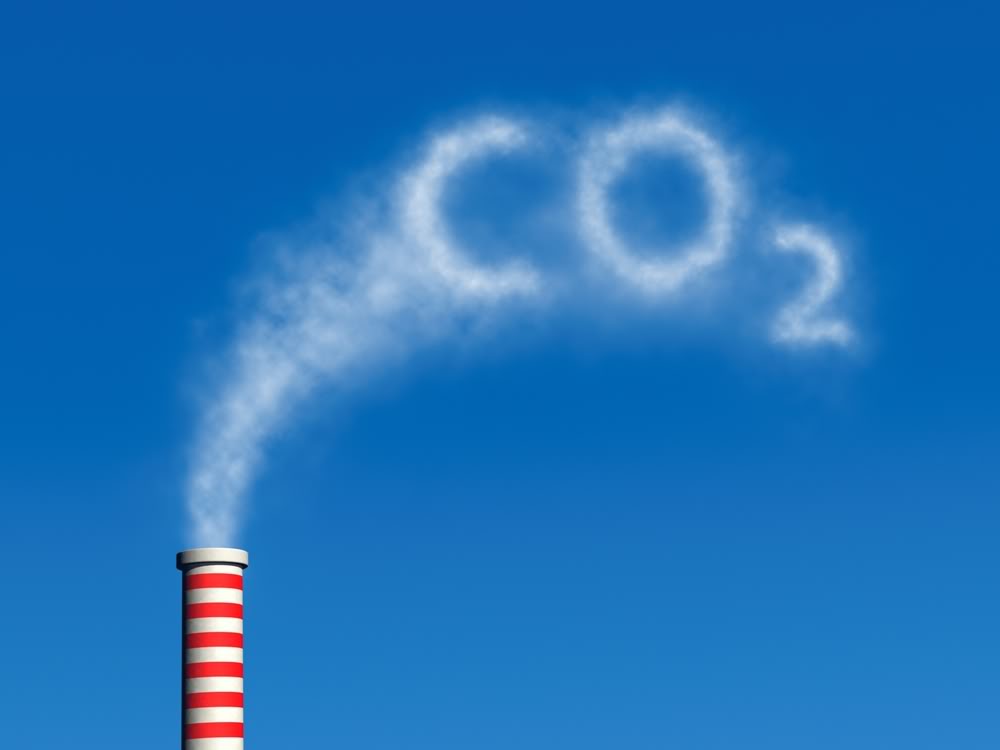States are Planning to Model Major Facilities for SO2
U.S. EPA promulgated a final 1-hour sulfur dioxide (SO2) National Ambient Air Quality Standard (NAAQS) on June 22, 2010. The new 1-hour NAAQS became effective on August 23, 2010. As described in ALL4’s May 2010 4 The Record, the new 1-hour NAAQS is extremely stringent and will become a critical issue for new air quality permitting projects, particularly those projects that trigger Prevention of Significant Deterioration (PSD) requirements for SO2. As part of the implementation of the 1-hour SO2NAAQS, U.S. EPA revised their originally proposed approach for establishing NAAQS designations (i.e., attainment versus nonattainment areas). Instead of using a new network of ambient monitors to establish designations, U.S. EPA has proposed to use facility-specific air dispersion modeling, an approach that would place a burden on individual facilities to demonstrate compliance with the NAAQS even in the absence of a PSD-triggering project. At the time of the NAAQS promulgation, deadlines for the air quality modeling demonstrations were only generally tied to the June 2013 deadline for states to revise their State Implementation Plans (SIPs), and it was difficult to tell when individual facilities may expect to see activity in their states. Since the NAAQS promulgation, there have been a few examples of states and individual facilities beginning to compile air quality modeling data in support of the SO2 NAAQS designations. One such example is the Illinois Environmental Protection Agency (IEPA), which communicated to select major facilities in late August that they would be performing air quality modeling for those facilities and requested source specific information from them in order to complete 
U.S. EPA Proposes Amendments to Mandatory Greenhouse Gas Reporting Rule
On August 11, 2010 U.S. EPA proposed amendments to 40 CFR Part 98 (Mandatory Greenhouse Gas Reporting Rule) which, if finalized, could provide significant flexibility to those facilities that are required to report under this rule. Specifically, amendments are proposed to the following 40 CFR Part 98 Subparts:
- Subpart A – General Provisions
- Subpart C – General Stationary Fuel Combustion
- Subpart D – Electricity Generation
- Subpart F – Aluminum Production
- Subpart G – Ammonia Manufacturing
- Subpart P – Hydrogen Production
- Subpart V – Nitric Acid Production
- Subpart X – Petrochemical Production
- Subpart Y – Petroleum Refineries
- Subpart AA – Pulp and Paper Manufacturing
- Subpart NN – Suppliers of Natural Gas and Natural Gas Liquids
- Subpart OO – Suppliers of Industrial Greenhouse Gases
- Subpart PP – Suppliers of Carbon Dioxide
The proposed amendments are intended to correct certain technical and editorial errors that have been identified since promulgation and to clarify or propose amendments to certain provisions that have been the subject of questions from reporting entities. Examples of amendments proposed under Subpart C include, but are not limited to, new exemptions that eliminate the requirement to monitor and report GHG emissions for certain types of stationary combustion sources, revised calculation methodologies within each of the four (4) calculation tiers, revised monitoring provisions for fuel oil- and coal-fired sources required to use Tier 2 or Tier 3 methodologies, new provisions 
U.S. EPA Proposes Revisions to the RICE MACT
On February 25, 2009, U.S. EPA proposed revisions to the existing National Emissions Standards for Hazardous Air Pollutants (NESHAP) for Stationary Reciprocating Internal Combustion Engines (RICE) that were not currently regulated by the existing, so called, RICE MACT (i.e., 40 CFR Part 63, Subpart ZZZZ) promulgated in 2004. The proposed revisions set limits for emissions of carbon monoxide (CO) and formaldehyde (CH2O) for (1) RICE that are located at area sources of hazardous air pollutant (HAP) emissions, (2) RICE with site ratings of less than or equal to 500 brake horsepower (bhp) located at major sources of HAP emissions that were constructed or reconstructed before June 12, 2006, and (3) RICE with site ratings of greater than 500 bhp located at major sources of HAP emissions that were constructed or reconstructed before December 19, 2002. The February 25, 2009 proposed revisions contained revised NESHAPS for both compression ignition (CI) and spark ignition (SI) RICE.
In accordance with the proposed revision, on March 3, 2010, U.S. EPA promulgated final NESHAP for existing stationary CI RICE that (1) are located at area sources of HAP emissions, (2) have a site rating of less than or equal to 500 brake horsepower and are located at major sources of HAP emissions; and (3) are existing non-emergency stationary compression ignition engines greater than 500 brake horsepower that are located at major sources of HAP emissions. The revised NESHAP for CI RICE was effective on May 3, 2010 with a compliance date of May 3, 2013. Initial notifications were due August 31, 2010. ALL4 published several 4 The Record notices and 4 The Record articles pertaining to these revised NESHAP which can be found here.

RICE affected by the August 20, 2010 SI RICE final NESHAP are primarily located at power plants and chemical and manufacturing facilities, and are used to generate electricity in periods of utility power outages, or to power pumps and/or compressors. However, information technology (IT) or business sector companies utilizing emergency generators to power servers in times of utility power outages are also affected.
U.S. EPA Releases New Dispersion Modeling Guidance
U.S. EPA’s Air Quality Modeling Group (AQMG) released guidance on the U.S. EPA Support Center for Regulatory Atmospheric Modeling (SCRAM) website. The first memorandum entitled “Applicability of Appendix W Modeling Guidance for the 1-hour SO2 NAAQS” was released in conjunction with the second memo entitled “Guidance Concerning the Implementation of the 1-hour SO2 NAAQS for the Prevention of Significant Deterioration Program.” The first memo outlines the applicability of 40 CFR Part 51, Appendix W (Appendix W) as it relates to the new 1-hour SO2 National Ambient Air Quality Standards (NAAQS). Of importance from this memo is that the current guidance in Appendix W for demonstrating compliance with the previous 24-hour and annual NAAQS and current 3-hour NAAQS is generally applicable for the new 1-hour NAAQS. In addition, the memo points out that while the new 1-hour SO2 NAAQS is defined in terms of a 3-year average for monitor design values to determine attainment of the NAAQS, this definition does not preempt or alter the Appendix W requirement for use of five (5) years of National Weather Service (NWS) meteorological data or one (1) year of site specific meteorological data. 
U.S. EPA’s AQMG also released a beta version of AERSCREEN on the SCRAM website. AERSCREEN is a screening model based on AERMOD. AERSCREEN will produce estimates of “worst-case” 1-hour concentrations for a single source, without the need for location-specific hourly meteorological data. The program also includes conversion factors to estimate “worst-case” 3-hour, 8-hour, 24-hour, and annual ambient concentrations. AERSCREEN was developed to produce concentration estimates that are equal to or greater than the estimates produced by AERMOD with a fully developed set of meteorological and terrain data. In certain cases, AERSCREEN may be used to demonstrate compliance with ambient standards without the time and expense associated with a full AERMOD evaluation. A final version of AERSCREEN is expected to be released no later than December 31, 2010.

